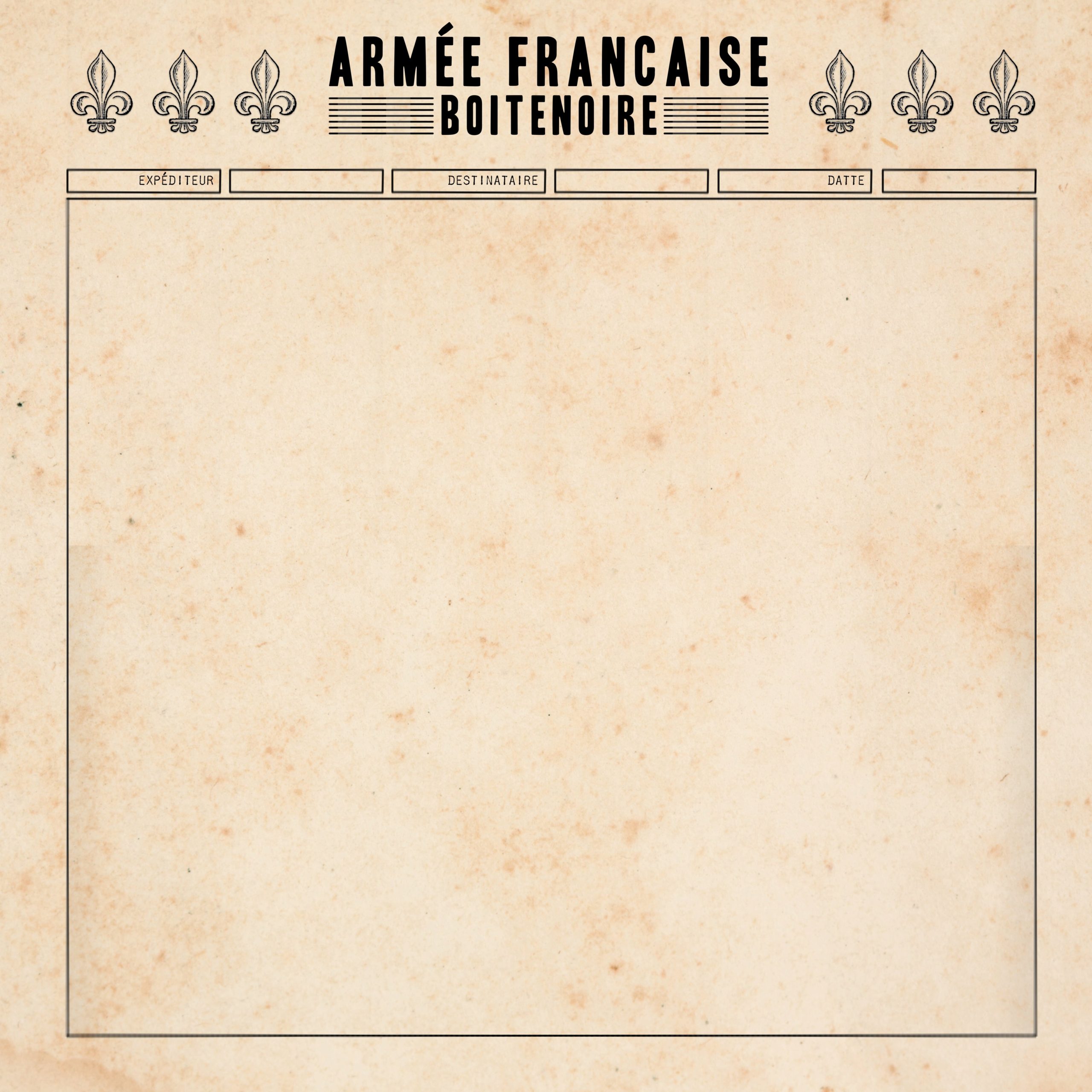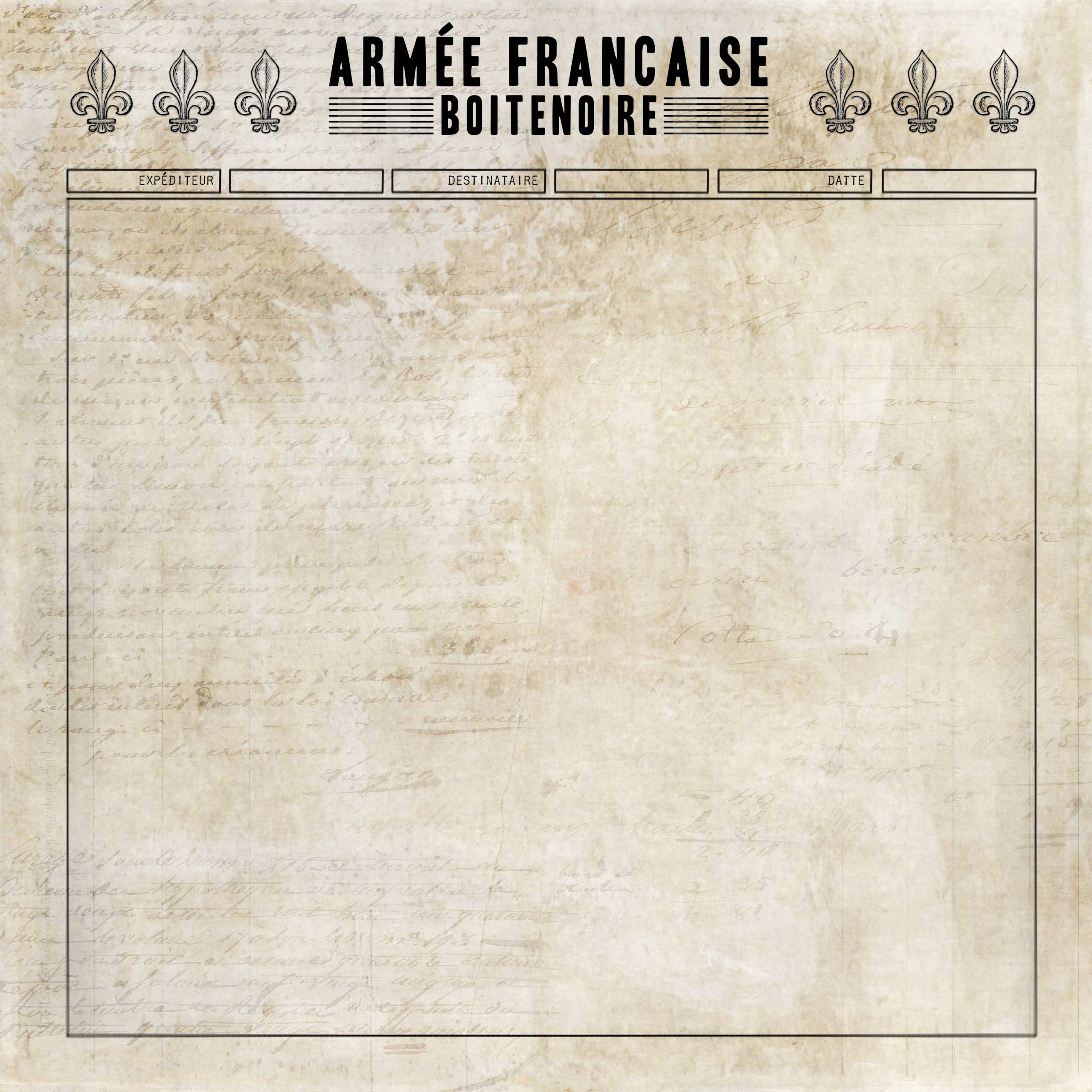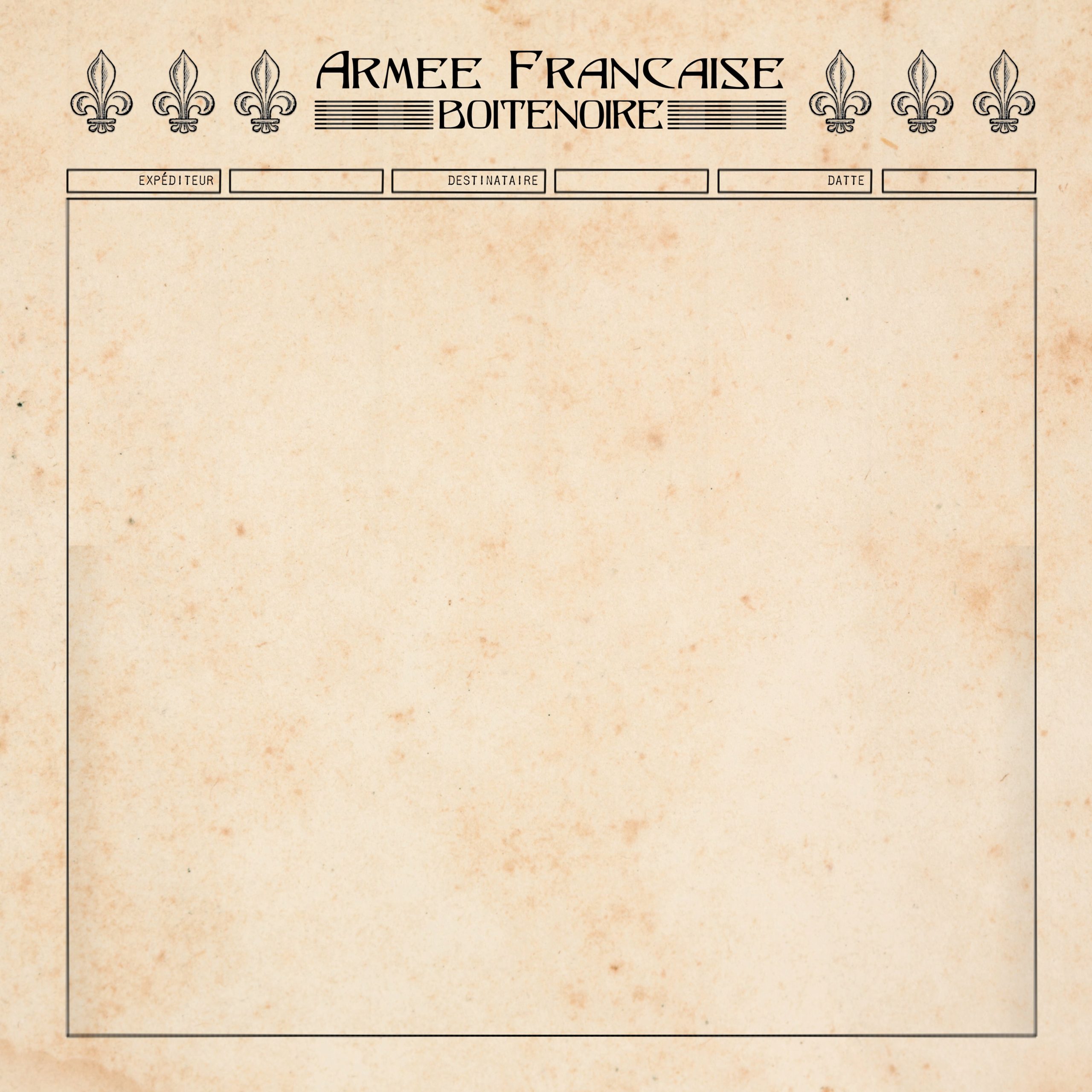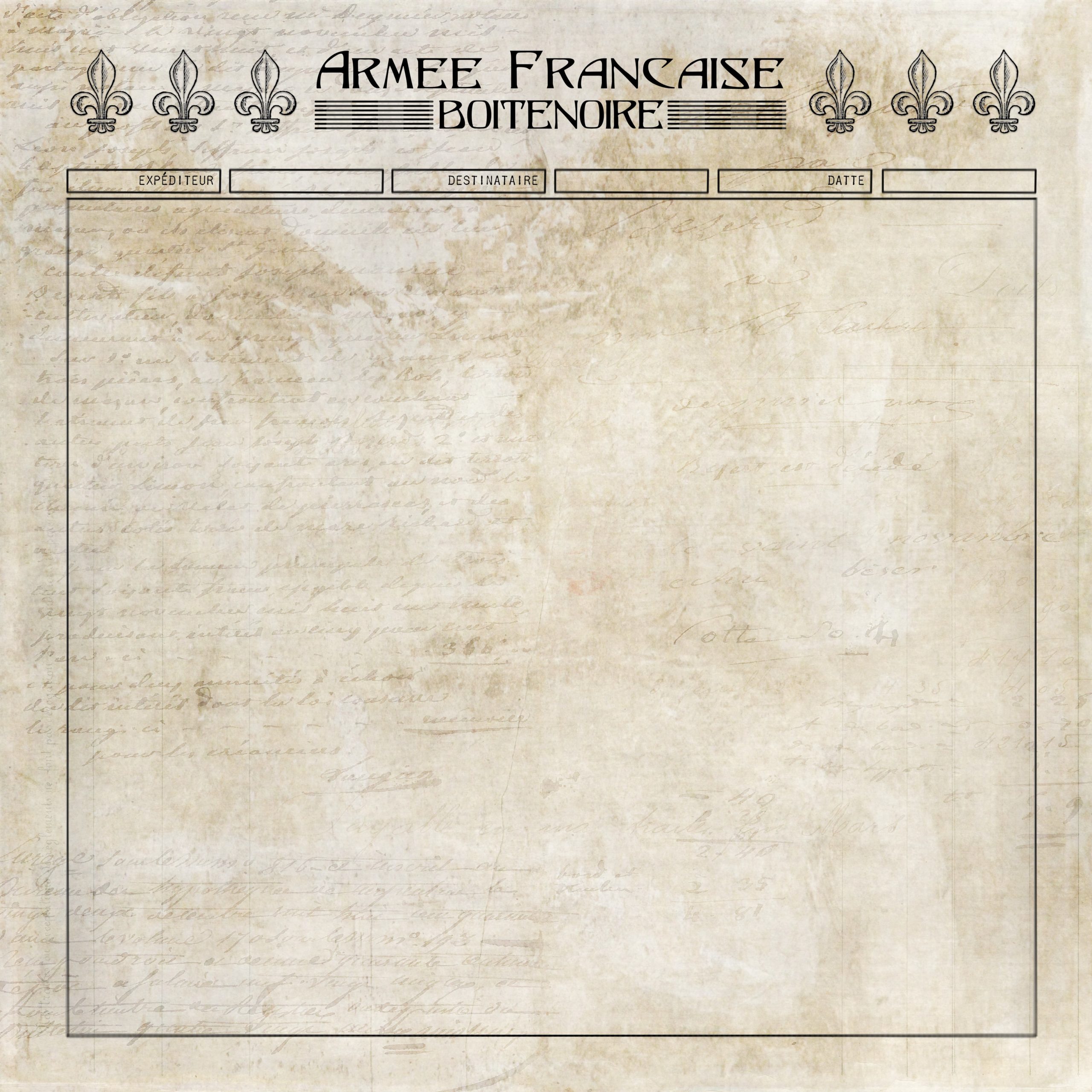I wrote this up with vague plans to run a Season of it at some point, and I liked it enough to publish it. This is designed for use with The World Wide Wrestling RPG, second edition.
Category: Gaming
I had a great weekend of gaming at a virtual mini-con ran by Paul Beakley as part of the Indie Game Reading Club. (Patreon him up, yo!) I have a couple of general thoughts, then I’ll do a quick recap of the games I played in.
In order to deal with the usual “people who are around when registration opens get into all the games” problem, Paul asked people to hold their registrations to one or two games in the first day, and then opened the floodgates a bit wider. That worked really well. He also highlighted games that needed more people, which was cool. The latter probably only works if you have a relatively small population of players/games, but that’s maybe a good idea anyhow. Or you could automate it if there was good free event registration software out there? Alas.
Over the course of the weekend, we sort of evolved a practice of posting a thread for each completed game in the Slack. I really dug this because I liked learning a bit about games I wasn’t playing, and I liked seeing what else people I’d played with had been up to. It was great for connections.
I played in four games, which was just about right. By coincidence I had Friday off, so I was able to double up on games there, which was a bit tiring but ultimately fine. I booked myself into evening games on Saturday and Sunday, leaving days free to relax and play World of Warcraft and so on.
I played a game of i’m sorry did you say street magic last night with Rye, Nicholas, and Joe, and it was awesome.
Quick description: it’s technically a map building game, but really it’s a game in which you build the relationships between places on a map which never actually gets drawn. Unlike The Quiet Year, there are no random elements. I’d wondered if that would result in overly still metaphorical waters, but as it turned out, the game forces interaction between the setting elements you create with just enough strength to prevent stagnation. Also, every time around the table, there’s an Event which must alter at least one element, so that keeps things moving as well.
If this sounds interesting, note that the game was in the itch.io Racial Justice bundle in the summer of 2020, so you may already have it.
Our city was boastful, vast, ageless, and magnetic: four adjectives chosen from a list at the start of play. It wound up being a place where cultures and people met and mixed and fought over the millennia. I defined an early Neighborhood as “An ancient waterfall, tamed by technologists long gone, filtering through man-made gates.” That sense of ebbing and flowing knowledge stuck throughout the game, for me. (I always wish I could see the city we created through the eyes of another player, though.)
The facilitator, Rye, added a whole new kind of people made of light as our second Compass: the theme for a round of play. After he declared the Compass, he established a new Landmark, the Painted Passageway. “Painting that was the origin of the Bright Ones. They first came unnoticed as the artists were in a frenzy. Now they are observed passing in and out of this painting.” The game almost immediately grounded itself in the way the existing residents reacted to the Bright Ones and the changes they brought. It became evident over the next two rounds that they were going to draw on the water of the city for their own purposes.
The sense of beings beyond our control taking advantage of our resources was interesting; the way the merchants of Main Street (“True Name: Political power, wealth, commerce.”) mirrored those actions was interesting. Lots of layers. As we came towards a close, I took a Resident I’d already established and asked the rest of the table if I could re-establish him 50 years in the future, making an abrupt time jump, and they said sure! So the hot-headed, conspiracy-minded Kevin Young became a chubby, relaxed bartender collecting the stories of travelers. “I’ll tell you my story,” he said, “But first I want to hear what you know of the time the Bright Ones came and left.” And he wrote it all down, in hopes that a century from now the Bright Ones would be remembered, and less feared.
I do in fact want to play this again. I also want to use it as a base for the next urban fantasy game I run; run it as the first session, and build characters from there.
Mikey Hamm is Kickstarting Slugblaster, “A tabletop roleplaying game about small-town teenage hoverboarders who sneak into other dimensions.” I’m a sucker for gonzo plus an old pal of mine is editing it plus it’s a Forged in the Dark game, so I backed it. But what’s really interesting to me is the way Mikey released the quickstart rules. I’ll quote him.
“With pandemic-era online play in mind, Turbo is built entirely inside a shared google spreadsheet which includes all the rules, playbooks, dice rollers, shared progress tracks, and monster generators you need.”
So that’s interesting. I don’t know if Mikey Hamm is involved in the Gauntlet, but that sounds like a turbo-charged version of their character keeper concept. What’s it look like?
…The Wars setting in Yellow King RPG includes these sort of portable telegraph machines called boîtenoires. I wanted to generate some prop messages for our campaign, but I couldn’t find any templates, so I whipped up a simple one myself. Then I rang a couple of variations on it. Here they are.
Right-click and save any image for the full sized version. I recommend HPLHS Telegram as a typeface for filling in the body; that’s what I used for the header labels and it’s a free download.
Here’s an example of how I used these:
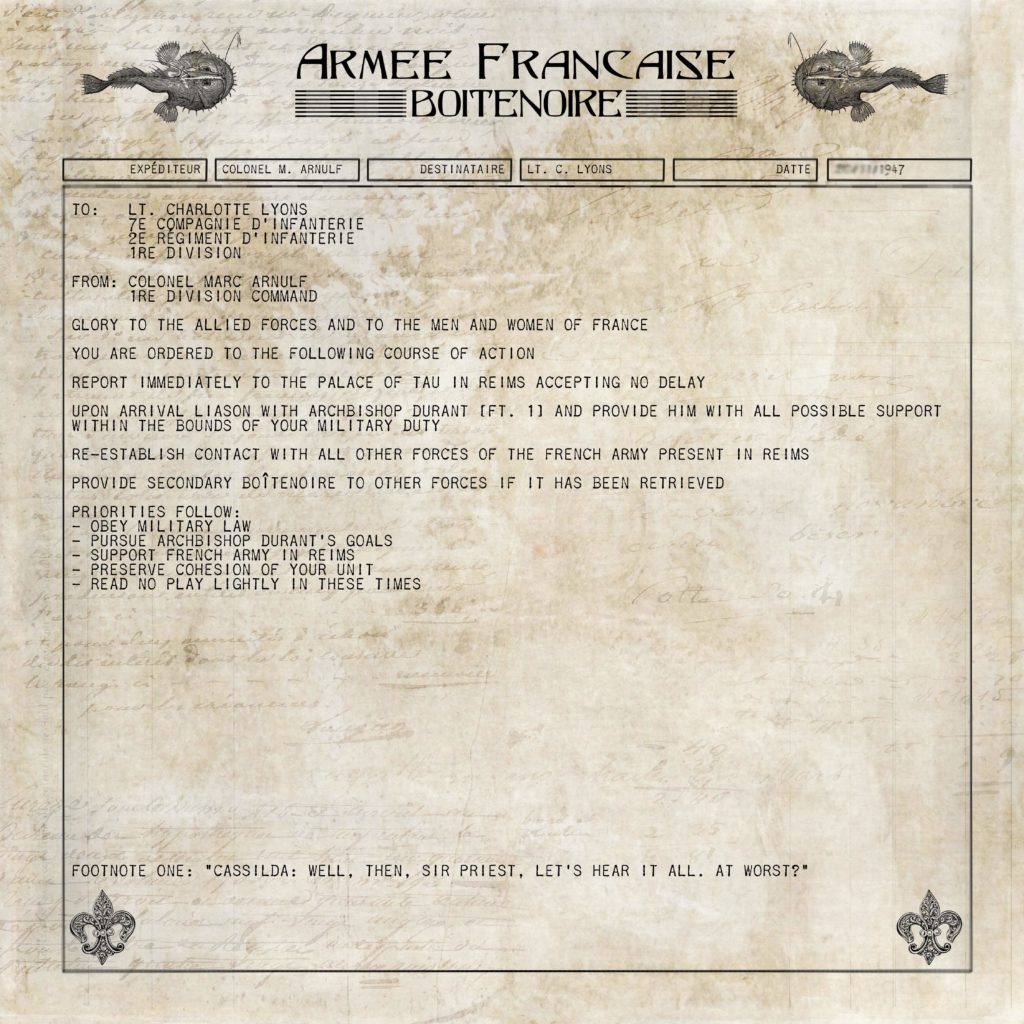
Pretty self-explanatory. I fiddled around with the header block (To/From) for a while before figuring out how to make it look reasonably official. I smudged the date because time is very slippery in this particular setting.
In our campaign, I decided that paper is in short supply so I used the faded letter background. Since your campaign may be different, I also made a pair of them with generic vintage paper. For my purposes, I used the Scriptorium’s Lysander typeface as the header typeface. (You can buy it individually but that’s very cost-inefficient, so I linked to the package deal. Or wait for one of his occasional 30% off sales, get the full Display bundle, it’s a great collection of historic-flavored typefaces.) This seemed like it might be a bit frilly for everyone’s tastes so I generated another pair of templates using HPLHS Headline One, also available for free from the H. P. Lovecraft Historical Society.
While I’m getting distracted by talking about design resources: Design Cuts is my go-to source for cheap bundles full of resources. Usually $30 for a bundle, there’s always a bundle available, and they usually cycle through typeface collections, vintage design resources, and product mockup bundles. The quality is not insanely high but for the purposes of me fiddling around with props? Awesome. Would also be very good for sourcing Roll20/Foundry backgrounds.
I ran a Blades in the Dark one-shot for some old gaming pals, S., and one person I hadn’t gamed with. Totally fun, unsurprisingly. Ginger wrote up the session here.
There are seven playbooks in Blades, and each of them has five potential friends/rivals. So that’s, what, a 45% chance that someone will choose Slide in a four player game, and then if the distribution is truly random, that someone has a 20% chance of picking Bazso Baz as their rival? So maybe around 10% of the time you kick off a Blades campaign using the book’s starting situation, you’ll get the fun of the crew already hating Bazso Baz? I was an English major, be kind.
But man, it was so great that Michael said Bazso Baz was his brother! That’s a lot rarer.
Also fun: both Michael and S. said that Nyryx was their friend. Except the Slide has Nyryx as a prostitute, and the Whisper has them as a possessor ghost. That is the best plot point right there. If this was a campaign, Nyryx would have pulled all the strings to get the crew together.
In a recent Monster of the Week mystery, I made the Big Bad an incel. I thought about it a bit before making the decision to go for it. I was careful to humanize him; he had family who loved him, and I explicitly didn’t make him a killer. But I didn’t mask his motivations and I gave him a couple of alt-right tropes.
The players were definitely a touch taken aback. Nobody objected, and while they were careful not to kill him, that’s generally how they deal with human threats. I think the momentary uncertainty was more because it’s a pulpy game that got a touch serious all of a sudden — it was the reality of the Big Bad, not the specific fact that he was an Intel.
I also have a Delta Green campaign percolating, set in the PNW, that revolves around white nationalist movements. That feels safer, since most Delta Green players are expecting some dark material.
I think all this is appropriate gaming fodder. I mean, you’re not obligated to stuff political extremism front and center in your games. However, I also think that a lot of these slimeballs get a lot of milage out of secrecy. I’ve had so many fruitless online arguments with people who just aren’t convinced white nationalism is a problem. Gaming is a way to tell stories to each other, and some stories are worth telling.
Conversely, in the same Monster of the Week game, COVID-19 doesn’t exist. That was an explicit decision at the start of the game; we don’t need to be reminded of it and we wanted to escape that aspect of reality. I can easily imagine a modern game in which it does exist, but it doesn’t feel dangerous to avoid it.
Which is interesting, since there are certainly people who deny how serious it is. But I’m not gaming with any of them, and that’s a matter of denial rather than lack of awareness.
Parenthetically, while I was writing this, the back of my brain spit out a campaign frame for Monster of the Week in which the group is an anarchist mutual aid group, and I really want to play in that. So if someone could run it for me that’d be great.
I’m really deeply thrashed this weekend. Pets with digestive problems, G1 Climax wrestling tournament, and a fun online gaming convention. Nevertheless.
In my copious spare time I’ve been kicking around an idea for a West Marches style Electric Bastionland game. Short explanation: Electric Bastionland is a deeply weird minimalist urban exploration fantasy game; West Marches is a campaign style in which there’s a large pool of players who self-organize self-directed game sessions, designed to lessen the load on the GM. The driving motivation for Bastionland PCs is paying off crippling debt (oh, so it’s a reflection of 2020!) which works just fine for a player-driven game.
Since I’ve been wanting to play Bastionland for a bit, and since West Marches is an intriguing campaign style, I was pleased to realize I had a good match on my hands. Here’s how I put them together and started fleshing the idea out.
Editing note: added our experience with Gauntlet-style character keepers.
A few months ago, some friends of mine who hadn’t done much/any tabletop gaming said they wanted to try D&D. I had plenty of free time and felt like it’s somewhat mean to make non-gamers learn D&D in a virtual setting, so I volunteered to run Monster of the Week for them. It’s gone great — we wind up playing about once per month, and everyone seems to be having fun.
I haven’t GMed for new gamers since I was 17 and trying to show my hippie father what those weird books were about. That time I went for Monsters, Monsters. It went terribly, albeit in party because I was only 17. “You want to… just… talk to the human whose threatening you? I don’t know what happens now. Um… let’s have dinner, I guess.” Looking back on it, if I’d been smarter I could have beaten Golden Sky Stories to the non-violent tabletop punch by decades. Alas.
Logistics: we’re using Telegram for persistent text chat, because everyone’s familiar with it. Alas, it doesn’t have video chat for groups, so we’re using Zoom for video and voice. Telegram supports bots and Roll ’em Bot is perfectly good for basic 2d6 + whatever dice rolls. My goal was to keep the logistics as simple as possible; I didn’t want to ask my newbies to wrap their heads around collaborative fictional games and a more complex virtual tabletop at the same time.
A couple of sessions in, I grabbed the character keeper from the collection of Gauntlet play aids. This was the first time I’d used one of those. It’s been mostly useful, although since everyone can see everyone’s sheet, we have a tendency to drop into “who would be best at this thing?”
Simplicity is also why I chose Monster of the Week. (Plus I’d been yearning to try it out.) If you say “it’s like Buffy, X-Files, or Supernatural” almost everyone in the US will understand at least one of those references. The playbooks are stupid simple to pick up and use. Again, the principle was minimal friction and maximum familiarity. And no need for a battle map! I can just drop pictures of Tucson into the Telegram chat.

A few notes from the experience so far:
I ruthlessly pruned the Monstrous and the Spell-Slinger playbooks from the initial playbook selection for the sake of a) easier group cohesion and b) less complexity. In retrospect I coulda left the Monstrous in there, my players get that they’re responsible for figuring out why the group is a group. Instead of handing out a bunch of playbooks to read, I just listed the character types with a line or so of explanation, to cut down on decision paralysis. I wanted to force someone to play the Luchadore, but I restrained myself.
I started out the first session with the lines and veils safety conversation, followed by an explanation of the X card. Absolutely do this. Always do it, but do it especially with new players, because they are trying something new that has emotional weight and you need to make their experience safe. I checked in on tone after the first session, and I try to keep checking in from time to time.
Be ready for people to want to play themselves, especially in a modern game. A couple of my players did this. Initially I was all “nooo, be someone different,” but that was my gatekeeper speaking. It’s totally fine. Some people may want to branch out later, but who cares if they don’t? Self-inserts are a perfectly good tradition.
I’ve read some claims that new tabletop gamers will immediately understand and leap into the concept of shared ownership over the fiction. This is not true. Some of my players dig the idea that I’m telling the story as a GM. Again, it’s fine; people need to ease into new stuff. Just make sure the choice is there. I say stuff like “Do you think there could be a baseball bat there?” a lot, and that’s working fine.
Going cinematic with descriptions is excellent. I’ve been leaning into the opening sequence / closing credits bit from time to time, and it really sets the stage nicely.
Be aware that new players may be trying to read your face to figure out what you think their characters should do. Tabletop gaming can be nerve-wrackingly open ended and right now there’s a lot of uncertainty in the world! It took a session or two for people to buy into the idea that I was, as the book says, a fan of their characters regardless of their choices. I’ve also developed a technique for giving two possible options when they really want me to suggest something, and over time I think that’s helped everyone realize there’s no bad choice from the perspective of the players.
MotW has more support available than you might assume; I can always be lazy and yoink something out of Tome of Mysteries or the subreddit. Also, shoutout to Zombiefest Double Features which my players loved.
I expect to run a couple more mysteries and wrap the arc. I did not use the full on arc structure described, in part because I wasn’t sure how long we’d wind up going and in part because I’m lazy. I am pretty sure I could retrofit an arc onto the play we’ve done, though.
It’s been a great experience. I’d recommend MotW for new players, and I think probably also for new GMs. As with any good Powered by the Apocalypse game, you just follow the GM principles and make the moves as they come.
So yeah, I did a Patreon and then I ran out of steam. I figured now was as good a time as any to finish laying out the writing I completed: thus, I now have a 38 page Las Vegas Feng Shui sourcebook. I think it’s reasonably useful as is, although there’s a lot more to be done.
Enjoy! (PDF, 8 MB)
